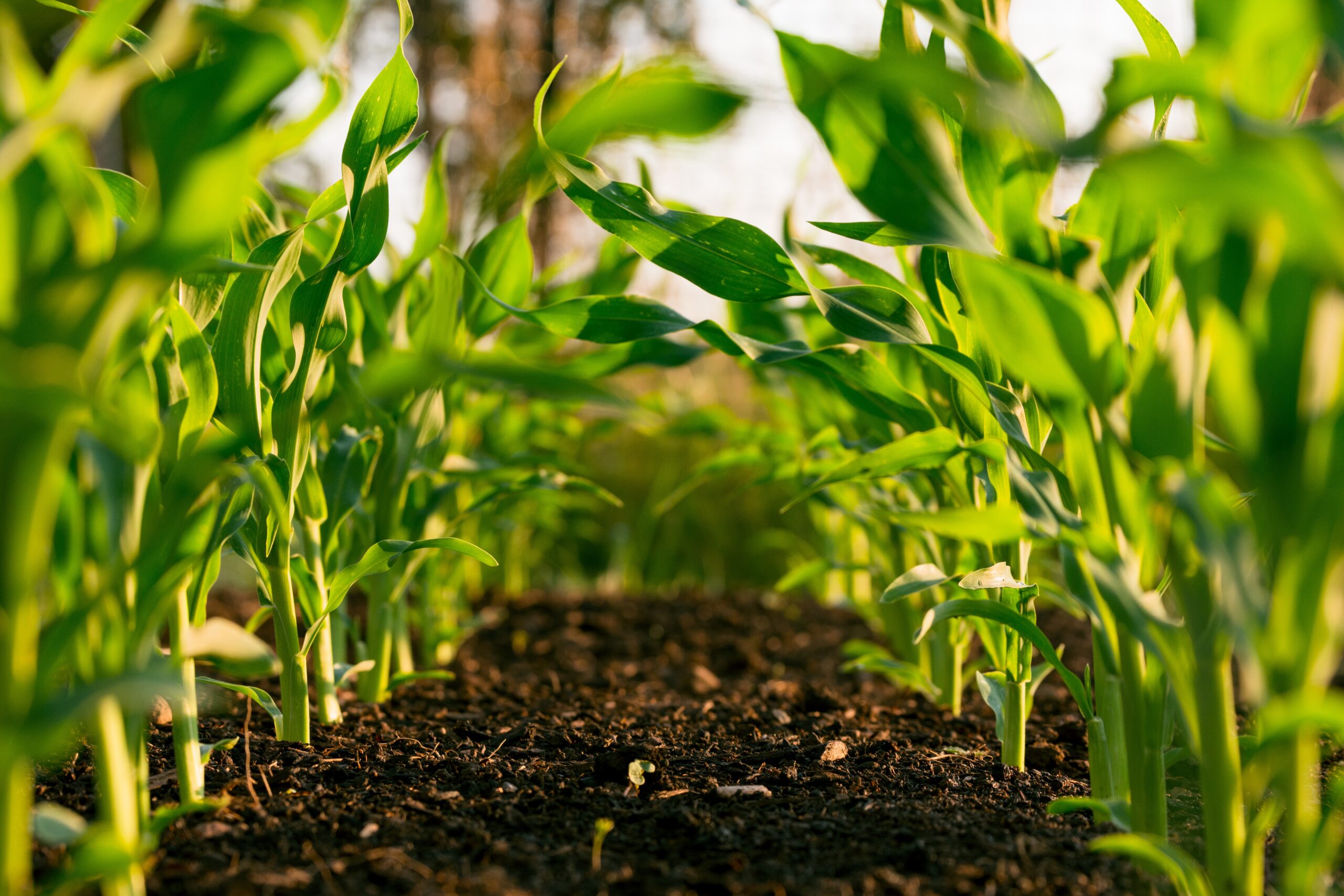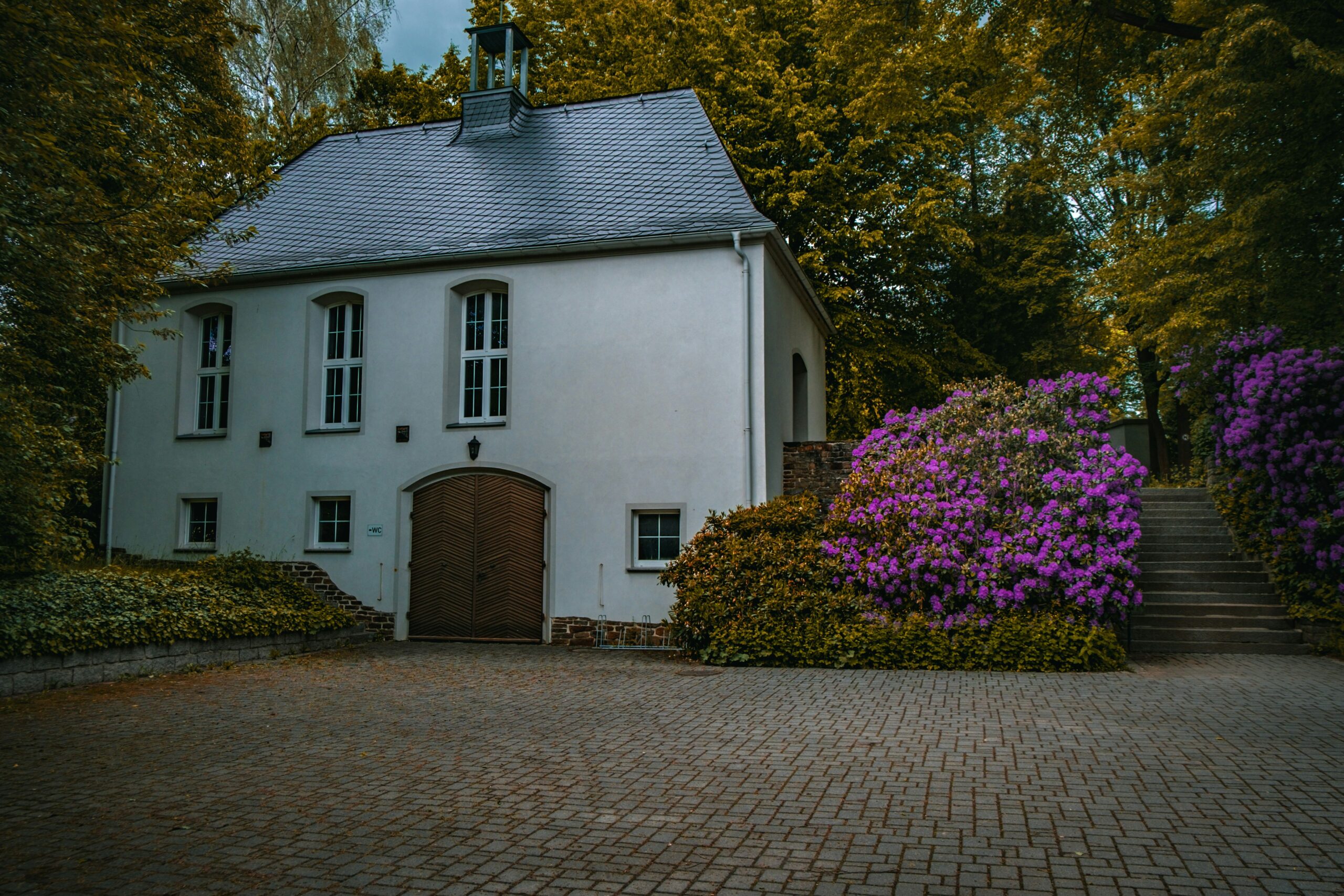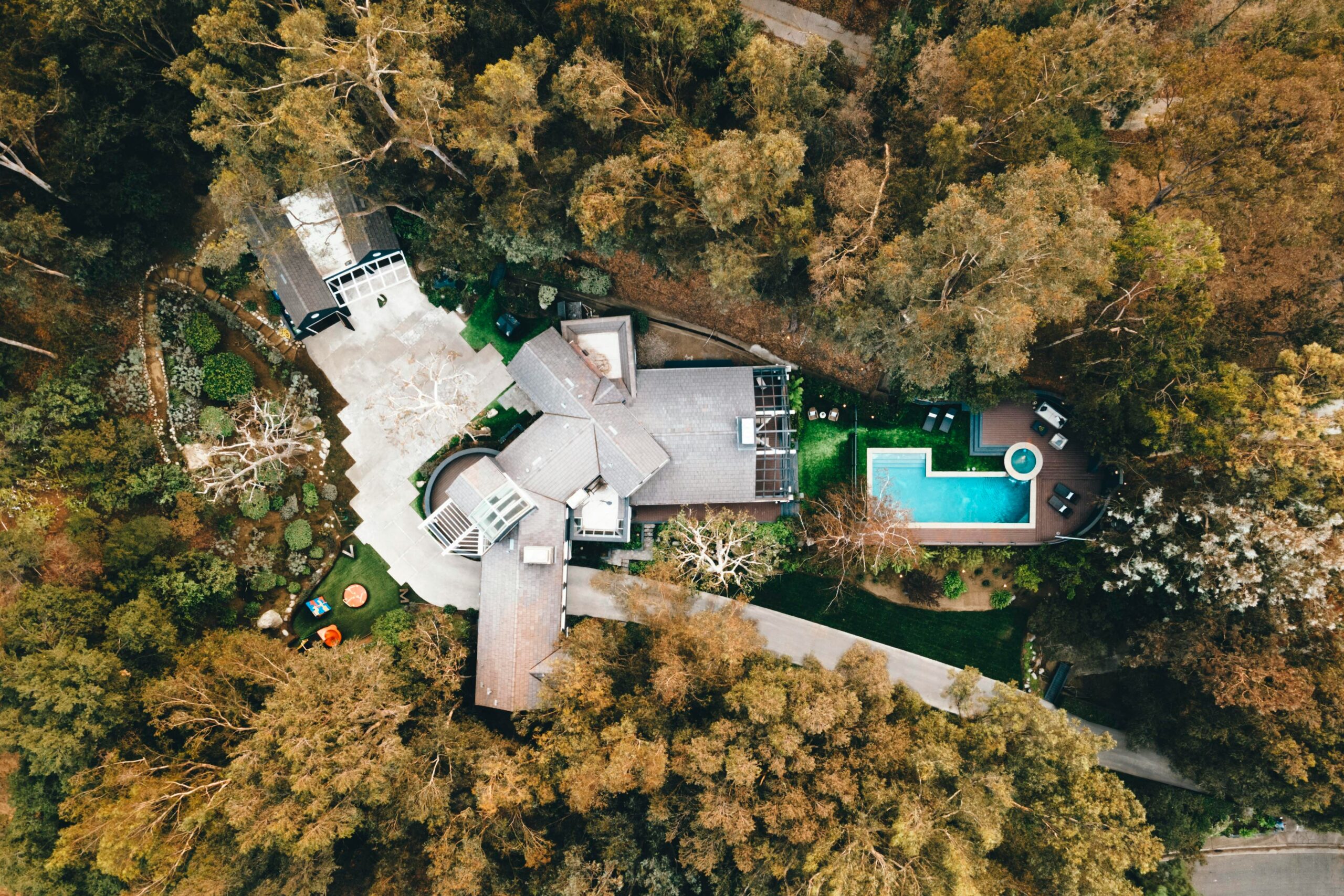Foundation planting plays a pivotal role in enhancing the exterior of our homes. It not only adds aesthetic appeal but also serves as a functional element that protects the foundation and ensures stability. But what exactly is foundation planting? In this article, we will delve into the world of foundation planting, exploring its purpose, benefits, and key considerations. Whether you’re a seasoned homeowner or a first-time buyer, join us as we uncover the secrets to creating a captivating and harmonious exterior through foundation planting.
What Is Foundation Planting?
Foundation planting refers to the strategic placement of plants and shrubs around the perimeter of a home’s foundation. It involves selecting and arranging plants in a way that complements the architecture of the house, enhances its curb appeal, and provides practical benefits.
What Is The History Of Foundation Planting?
Foundation planting, also known as house-side gardening, is a landscaping technique that involves planting shrubs, flowers, and trees around the foundation of a building. This practice has a long history that dates back to ancient civilizations.
In ancient Egypt, for example, the concept of foundation planting was already prevalent. Egyptians believed that planting trees and flowers around their homes would bring them good luck, protection, and a sense of beauty. They often planted palm trees, papyrus, and other native plants to enhance their homes’ exteriors and create a welcoming atmosphere.
During the Renaissance period in Europe, foundation planting became a popular practice among the wealthy. The gardens surrounding their grand estates and palaces were meticulously designed, with carefully selected plants and structures to create a sense of harmony and beauty. These gardens often featured symmetrical designs, geometric patterns, and a variety of plant species, showcasing the wealth and status of the homeowners.
In the United States, foundation planting gained popularity in the early 20th century as a way to enhance the appearance of homes and create a sense of unity between the house and the surrounding landscape. The influential landscape architect, Frederick Law Olmsted, advocated for the use of foundation planting to soften the harsh lines of buildings and integrate them into their natural surroundings.
Over time, foundation planting has evolved to incorporate a variety of design styles and plant choices. Today, homeowners have a wide range of options when it comes to selecting plants for their foundation gardens, including evergreen shrubs, flowering per ennials, ornamental grasses, and small trees. The goal of foundation planting is to create an aesthetically pleasing and cohesive look that enhances the overall appearance of the home.
What Is The Purpose Of Foundation Planting?
The primary purpose of foundation planting is to enhance the overall appearance of the home’s exterior. By carefully selecting plants that complement the architectural style and color scheme of the house, foundation planting can create a cohesive and visually appealing look. It can also soften the lines of the foundation and help the house blend seamlessly with its surroundings.
In addition to aesthetics, foundation planting serves several functional purposes. One of the main benefits is the protection it provides to the home’s foundation. The plants act as a barrier against soil erosion and water damage, preventing excess moisture from seeping into the foundation and causing structural issues. Additionally, foundation planting can help insulate the house, reducing energy costs by providing shade, reducing heat gain in the summer, and acting as a windbreak in the winter.
What Types Of Plants Are Used In Foundation Planting?
Here are some popular types of plants that are commonly used in foundation planting:
Evergreens Shrubs
Evergreen shrubs are a popular choice for foundation planting because they retain their foliage year-round. They provide a consistent green backdrop and can help create a sense of privacy. Some common types of evergreen shrubs include boxwood, holly, yew, and juniper.
Flowering Shrubs
Flowering shrubs add color and texture to your foundation planting. They usually bloom during specific seasons, adding visual interest and attracting pollinators. Examples of flowering shrubs include hydrangeas, azaleas, roses, and lilacs.
Ornamental Grasses
Ornamental grasses are low-maintenance plants that can add movement and texture to your foundation planting. They come in various heights, colors, and textures and can be used as a border or as standalone plants. Some popular ornamental grasses include fountain grass, switchgrass, and maiden grass.
Perennials
Perennials are plants that come back year after year, making them an excellent choice for foundation planting. They provide a variety of colors, textures, and heights, adding depth and interest to your landscape. Some popular perennials for foundation planting include hostas, daylilies, coneflowers, and salvia.
Deciduous
Deciduous plants are another option for foundation planting. These plants lose their leaves in the winter, allowing sunlight to enter your home and provide natural warmth. They can also provide shade in the summer, helping to keep your home cool. Some common deciduous plants for foundation planting include maple trees, oak trees, dogwood trees, and flowering fruit trees.
How To Design and Arrange Your Foundation Planting
Designing and arranging your foundation planting requires careful consideration of your home’s architecture, style, and personal preferences. Here are some tips to help you create a beautiful and functional foundation planting:
1. Start with a plan:
Before you start planting, create a plan that includes the types of plants you want to use, their placement, and any additional features such as walkways or decorative structures. This will help you visualize the final outcome and ensure a cohesive look.
2. Consider scale and proportion:
Choose plants that are proportionate to the size of your home. Taller plants should be placed towards the back, while shorter plants can be placed towards the front. This will create a balanced and visually appealing composition and will avoid blocking any windows and doors.
3. Mix textures and colors:
Incorporate a mix of textures and colors to add visual interest and create a dynamic landscape. Pair fine-textured plants with coarse-textured ones, and consider using a color scheme that complements your home’s exterior.
4. Create layers:
To add depth and dimension to your foundation planting, create layers by using plants of varying heights. Place taller plants towards the back, medium-sized plants in the middle, and shorter plants towards the front. This will create a visually appealing and well-structured design that draws the eye and provides a sense of depth.
5. Use repetition and symmetry:
To create a cohesive and balanced look, consider using repetition and symmetry in your foundation planting. Repeat certain plants or plant groupings throughout the design to create a sense of continuity. Symmetry can also be achieved by placing plants in a mirrored or balanced arrangement on either side of your home’s entrance.
6. Consider maintenance:
When choosing plants for your foundation planting, consider their maintenance requirements. Opt for low-maintenance plants that are well-suited to your climate and soil conditions. This will ensure that your foundation planting remains beautiful and healthy with minimal effort.
7. Add hardscape elements:
Enhance your foundation planting by incorporating hardscape elements such as walkways, pavers, or decorative structures. These can add visual interest and create a sense of structure and organization within your landscape design.
8. Pay attention to the seasons:
Choose plants that will provide year-round interest in your foundation planting. Consider selecting plants with different bloom times and foliage colors to ensure that your landscape looks vibrant and beautiful throughout the year.
Conclusion
In conclusion, foundation planting is not just an entry point to enhancing your home’s exterior, but it is also a representation of good form. By understanding the purpose, benefits, and key considerations of foundation planting, you can transform the landscape around your home into a visually pleasing and functional space. With the right selection of plants, thoughtful design, and proper maintenance, foundation planting can significantly improve the curb appeal and aesthetics of your property. So, harness the power of foundation planting and set your home on the path to excellence.
Final Thoughts
Embark on a journey of landscaping mastery alongside Terracare Landscaping. Through our expertise in design, construction, and maintenance, we have consistently elevated the beauty of countless landscapes. With a presence spanning over 35 years, we have passionately contributed to enhancing communities across New Jersey, encompassing Bergen County, Wyckoff, and Franklin Lakes. Take the first step towards an extraordinary outdoor living area by contacting us today – let us turn your vision into reality!
Sources
2. https://www.provenwinners.com/learn/evergreen-shrubs
3. https://www.bhg.com/gardening/flowers/perennials/ornamental-grasses/




